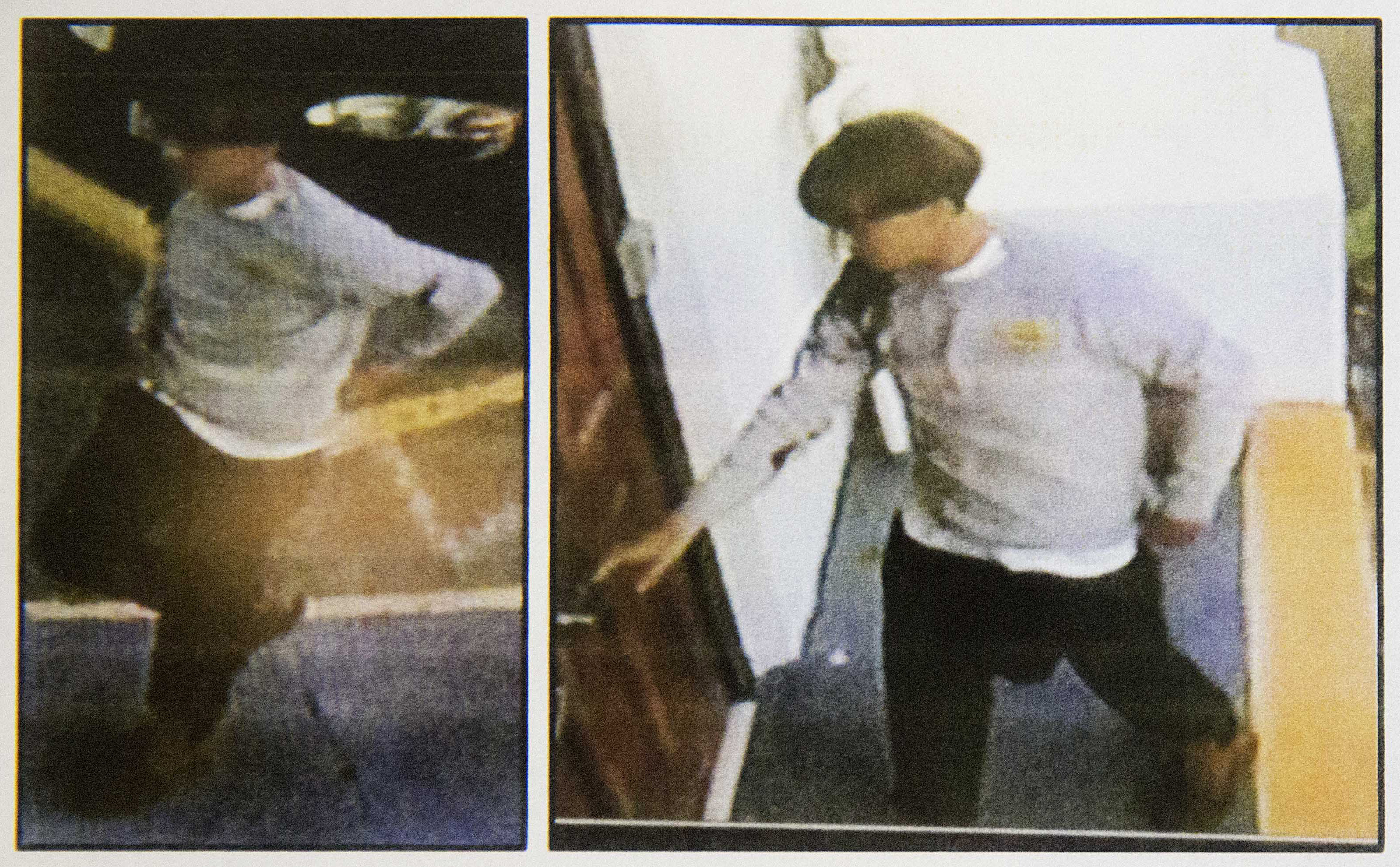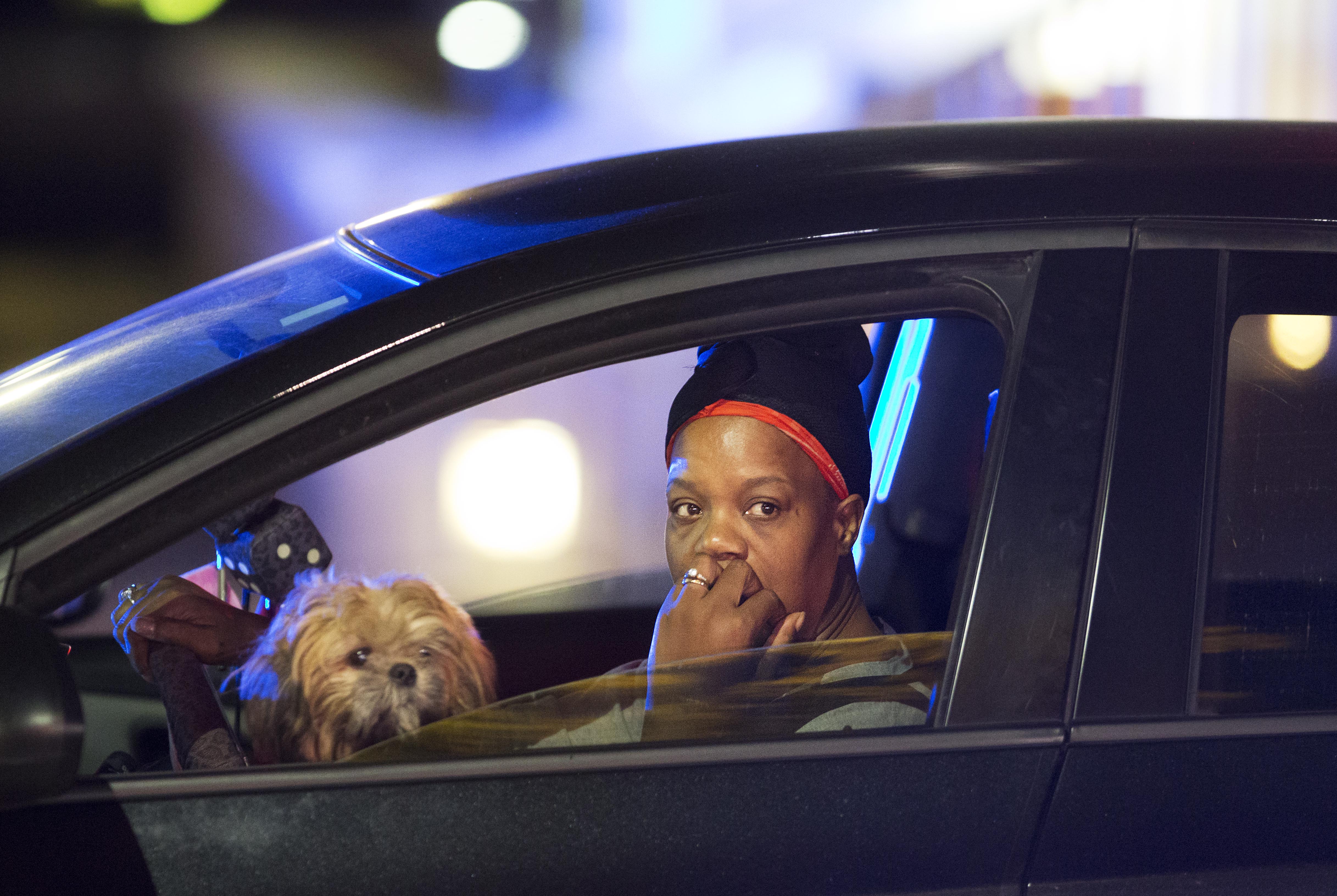
The sideshow debate has started in the wake of last night’s killings of nine black people in a church in South Carolina at the hands of a young, white man: The debate over how to classify the horror. Was it a “hate” crime. Is this “terrorism”?
“We’ll never understand what motivates anyone to enter one of our places of worship and take the life of another,” Gov. Nikki Haley said.
Sure we will. We already do. The only mystery is why we’re reluctant to call it what it is.
“The only reason that someone could walk into a church and shoot people praying is out of hate,” Charleston Mayor Joseph P. Riley said. “It is the most dastardly act that one could possibly imagine, and we will bring that person to justice. … This is one hateful person.”
Bingo.
In the hours after Rev. Clementa C. Pinckney’s death, a white supremacist group posted on his Facebook page, “Maybe one of my supporters in South Carolina can run for your seat. You don’t need it anymore.”
Before Islamic radicals drove planes into the World Trade Center and Pentagon, the most dangerous terror threat to the nation, the FBI warned, was the white supremacist.
In the aftermath of 9/11, the threat — the hate — didn’t disappear; only our attention to it. Americans have worried more about home-grown jihadists.
Coincidentally, just two days ago, Charles Kurzman, a sociology professor at the University of North Carolina at Chapel Hill and David Schanzer, director of the Triangle Center on Terrorism and Homeland Security at Duke University, issued a warning in their New York Times op-ed.
An officer from a large metropolitan area said that “militias, neo-Nazis and sovereign citizens” are the biggest threat we face in regard to extremism. One officer explained that he ranked the right-wing threat higher because “it is an emerging threat that we don’t have as good of a grip on, even with our intelligence unit, as we do with the Al Shabab/Al Qaeda issue, which we have been dealing with for some time.”
An officer on the West Coast explained that the “sovereign citizen” anti-government threat has “really taken off,” whereas terrorism by American Muslim is something “we just haven’t experienced yet.”
Last year, for example, a man who identified with the sovereign citizen movement — which claims not to recognize the authority of federal or local government — attacked a courthouse in Forsyth County, Ga., firing an assault rifle at police officers and trying to cover his approach with tear gas and smoke grenades.
The suspect was killed by the police, who returned fire. In Nevada, anti-government militants reportedly walked up to and shot two police officers at a restaurant, then placed a “Don’t tread on me” flag on their bodies. An anti-government extremist in Pennsylvania was arrested on suspicion of shooting two state troopers, killing one of them, before leading authorities on a 48-day manhunt.
A right-wing militant in Texas declared a “revolution” and was arrested on suspicion of attempting to rob an armored car in order to buy weapons and explosives and attack law enforcement. These individuals on the fringes of right-wing politics increasingly worry law enforcement officials.
After a white man went on a rampage at a Sikh temple near Milwaukee in 2012, Conor Friedersdorf at The Atlantic considered why we react differently to the notion of white terrorism.
It ought to be self-evident that non-Muslims perpetrate terrorist attacks, and that a vanishingly small percentage of Muslims are terrorists, but those two truths aren’t widely appreciated in America.
That doesn’t mean they won’t reassert themselves, for terrorist attacks have always been with us; the tactic has never been exclusive to a single ideology for very long; and the power the state marshals against one sort of terrorist is sure to be first to hand when another sort strikes.
Anxiety over this possibility was evident early in Obama’s term, when a Homeland Security report on right-wing extremism was roundly denounced by conservative bloggers. They know as well as anyone that you don’t want to wind up in a class whose rights are determined by the Office of Legal Counsel.
Spencer Ackerman just did a followup with that report’s author. Whatever you think of the document, its warning against the possibility of a disgruntled military veteran perpetrating right-wing extremist violence is vindicated by reports from Wisconsin.

It may well turn out that the massacre last night was over nothing more than a parking space, but it’s unlikely; the shooter spent more than an hour inside the church before pulling out his gun, according to authorities.
A witness told NBC that the shooter reloaded five different times and told a survivor, “I have to do it. You rape our women and you’re taking over our country. And you have to go.”
“Any one of us might die in a mass murder,” Friedersdorf writes this morning. “But today, as the nation mourns the victims of Charleston and awaits details about the perpetrator of the attack, black Americans will be most awake to the reality that there are bigots who want to see them dead. What they’re owed by their fellow Americans is vocal solidarity, so that they’re as awake to the depth and breadth of the belief that black lives matter.”
